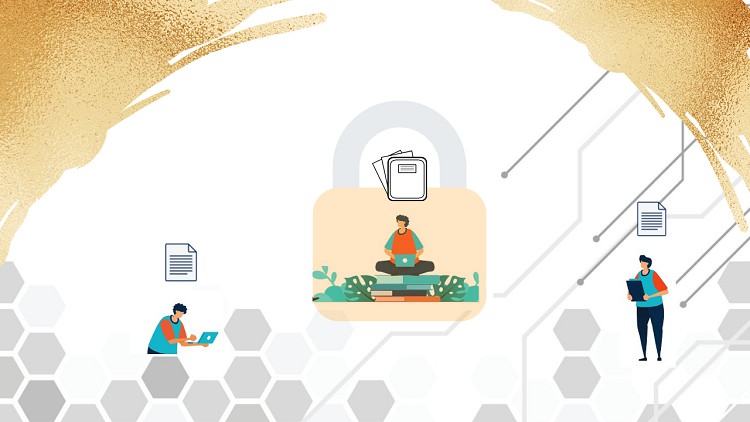
let’s understand how the records are shared in salesforce.
What you will learn
walk through of what is Record level security in salesforce
How to setup Organization Wide Defaults
Assign role and create Role Hierarchy in Salesforce
why to create Sharing rules and how to use Sharing rules
when to use Manual sharing
Description
Have you ever wondered?
when you create a record in Salesforce. will that record be visible to every user in the org?
or
How can I not show this record to everyone?
If you had the above questions and still don’t have answers to the above questions.
The answer is Record Level Security. This course helps you understand what is Record Level Security with real-time project examples.
In order to access a record in Salesforce, we need record access.
you might ask, what is Record access. Record access determines which individual records users can view and edit in each object they have access to in their profile.
You control record-level access in four ways. They’re listed in order of increasing access. You use org-wide defaults to lock down your data to the most restrictive level, and then use the other record-level security tools to grant access to selected users, as required.
1) Org-wide defaults
- Org-wide defaults specify the baseline level of access that the most restricted user should have.
- Use org-wide defaults to lock down your data, and then use the other record-level security to open up the data to users who need it
2) Role hierarchies
Role Hierarchy automatically grants access to records for users above the record owner in the hierarchy.
3) Sharing rules
- Sharing rules represent the exceptions to your organization-wide default settings
- They allow you to extend record access to users regardless of their place in the role hierarchy.
- If you have organization-wide sharing defaults of Public Read Only or Private, you can define rules that give additional users access to records they don’t own.
- You can create sharing rules based on the record owner or field values in the record.
4) Manual sharing
- Sometimes it’s impossible to define a consistent group of users who need access to a particular set of records.
- Record owners can use manual sharing to give read and edit permissions to users who don’t have access any other way.
- Manual sharing isn’t automated like organization-wide sharing settings, role hierarchies, or sharing rules.
- But it gives record owners the flexibility to share particular records with users that must see them.
Topics covered in this course:
Introduction and Setup
Organization-Wide Defaults or OWD
Roles
Role Hierarchy in Salesforce
Public Groups
Sharing rules
Manual Sharing
Overall Record level security
By the end of this course. you will have a clear picture of how Record Level Security works in Salesforce.
Happy Learning to you!!!